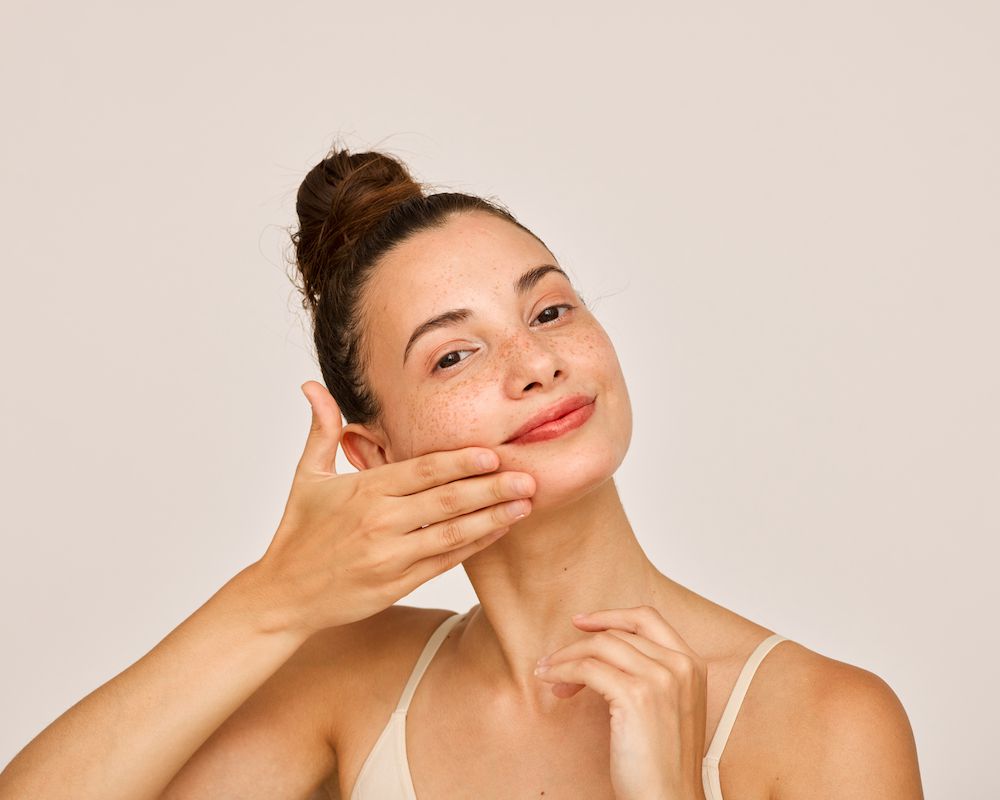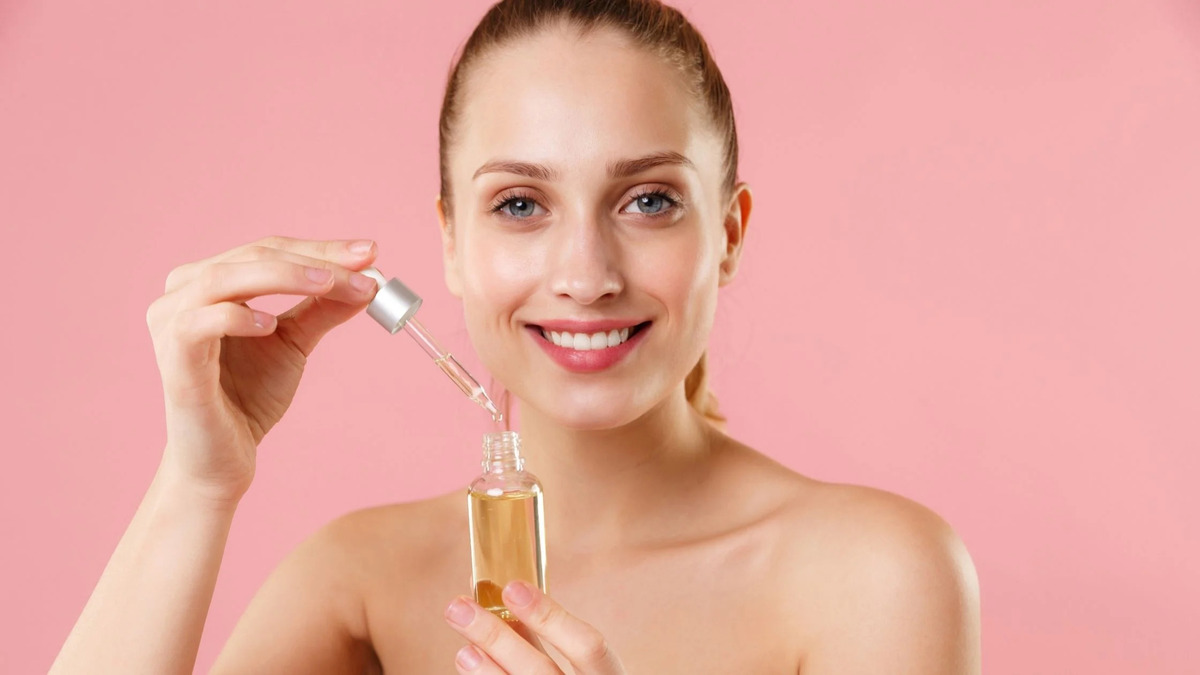
The ponytail, a timeless and versatile hairstyle, has graced the heads of countless individuals throughout history. From casual outings to formal events, the simplicity and elegance of a well-executed ponytail can enhance your overall appearance and make you feel confident and put-together. In this comprehensive guide, we will delve into the art of mastering the perfect ponytail, exploring various techniques, tips, and tricks to suit different hair types and occasions. Additionally, I’ll provide personal comments and insights to help you achieve a stunning look effortlessly.
- The Foundation: Preparing Your Hair
A perfect ponytail starts with healthy, well-groomed hair. Before styling, make sure your hair is clean, conditioned, and free from tangles. A pre-styling step you can take is to apply a lightweight hair serum or leave-in conditioner to smoothen the strands and prevent frizz.
Maintaining the health of your hair is crucial for any hairstyle. Regular trims, proper conditioning, and minimal heat styling will contribute to a flawless ponytail.
- Finding Your Ideal Ponytail Placement
The placement of your ponytail can significantly impact your overall look. For a classic and polished appearance, opt for a mid-height ponytail, situated at the back of your head. For a youthful and relaxed vibe, consider a high ponytail placed slightly above the crown. Alternatively, a low ponytail exudes sophistication and works well for formal events.
Experimenting with different placement options allows you to tailor the ponytail to your unique facial features and personal style.
- Sleek and Smooth Ponytail
For a refined and sleek look, gather your hair with a boar bristle brush to minimize flyaways and create a clean line. Secure the ponytail with a snag-free elastic band, making sure it sits comfortably without pulling or causing tension on the hair.
The choice of hair tie matters – opt for soft fabric or elastic bands to avoid hair damage and breakage.
- Voluminous Ponytail
To achieve a voluminous ponytail, use a volumizing mousse or dry shampoo to add texture and lift at the roots. Teasing the crown gently can also create the illusion of fuller hair. Once you’ve achieved the desired volume, gather your hair into a mid or high ponytail and secure it with an elastic band.
Embracing volume can add a touch of drama and glamour to your ponytail, making it perfect for special occasions.
- The Wrap-Around Ponytail
The wrap-around ponytail is an elegant variation that conceals the hair tie for a polished finish. After securing your ponytail with an elastic band, take a small section of hair from the bottom and wrap it around the base of the ponytail, securing it discreetly with a bobby pin.
The wrap-around ponytail is an excellent choice for formal events or when you want to add a sophisticated touch to your look.
- Messy-Chic Ponytail
For a laid-back and effortlessly stylish ponytail, embrace the messy-chic trend. Start by loosely gathering your hair into a low ponytail, leaving a few face-framing strands loose. Gently tug on the hair on top of the crown to create subtle height and texture.
The messy-chic ponytail is perfect for casual outings and can effortlessly transition into an evening look with the right outfit and makeup.
In the world of hairstyling, the clip-in ponytail has emerged as a game-changer for those seeking a quick and effortless updo. Whether you’re running late, have limited time for styling, or simply want to add volume and length to your natural hair, the clip-in ponytail is your ultimate go-to solution. In this article, we will explore the benefits and versatility of clip-in ponytails, offering insights into their application, maintenance, and styling options to help you achieve a flawless updo in minutes.

Instant Length and Volume:
One of the most significant advantages of the clip-in ponytail is its ability to add instant length and volume to your natural hair. With a variety of lengths and thicknesses available, you can choose a clip-in ponytail that perfectly matches your hair, seamlessly blending it for a natural look.
Effortless Application:
Applying a clip-in ponytail is a breeze, even for those with minimal hairstyling experience. Simply gather your natural hair into a ponytail and secure it with an elastic band. Then, clip the extension ponytail onto your hair by positioning it over the base of your natural ponytail. Secure the clips in place, and you’re ready to go!
Time-Saving Styling:
For busy individuals or last-minute occasions, the clip-in ponytail is a lifesaver. Instead of spending time on intricate updos, you can effortlessly create a polished look in seconds. Whether you’re heading to work, a party, or a date night, the clip-in ponytail ensures you look fabulous with minimal effort.
Various Styling Options:
The clip-in ponytail is incredibly versatile, allowing you to experiment with different styles and textures. From sleek and straight to curly or wavy, you can easily transform your clip-in ponytail to suit any event or mood. Additionally, you can incorporate braids or twists into your natural hair before attaching the clip-in ponytail for added flair.
Comfort and Security:
Concerned about the clip-in ponytail staying in place? Fear not! Quality clip-in ponytails come with secure clips that keep the extension firmly attached to your hair throughout the day or evening. Additionally, the lightweight and breathable design ensures comfort, so you can enjoy your updo without feeling weighed down.
Low Maintenance:
Unlike permanent hair extensions, clip-in ponytails require minimal maintenance. After each use, gently brush the extension to remove any tangles and store it properly in a dust-free bag. Washing and conditioning the clip-in ponytail periodically will help maintain its softness and shine.
The clip-in ponytail is a true blessing for those seeking a quick and easy updo solution. With its ability to add instant length and volume, effortless application, and versatility in styling options, the clip-in ponytail is a hairstyling must-have. Whether you want to achieve a sleek and sophisticated look or embrace loose curls for a carefree vibe, the clip-in ponytail allows you to experiment with various styles effortlessly. Embrace this transformative accessory and experience the joy of a flawless updo in mere minutes!
Mastering the perfect ponytail requires a blend of artistry and technique. By understanding the various styling options, tailoring the placement to your features, and selecting the right products and tools, you can effortlessly achieve a stunning ponytail for any occasion. Remember, practice makes perfect, and don’t be afraid to experiment with different styles to find the one that suits you best. With the knowledge gained from this guide and a little creativity, you’ll be ready to rock the ponytail with confidence and flair. Happy styling!








